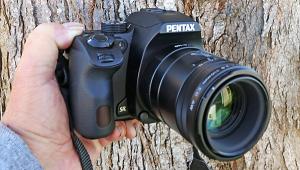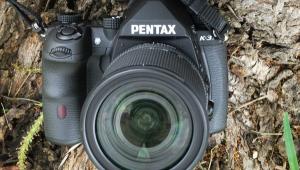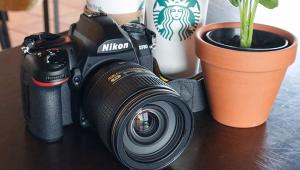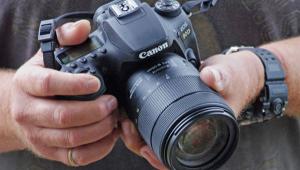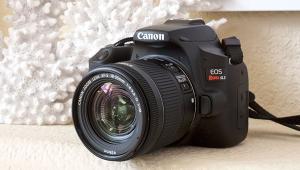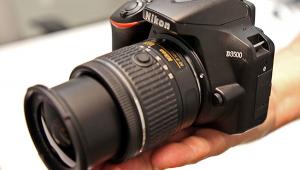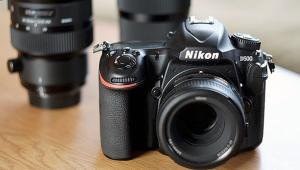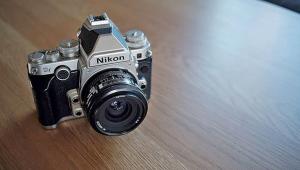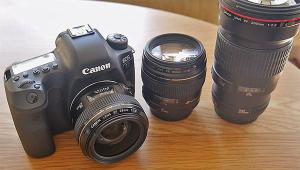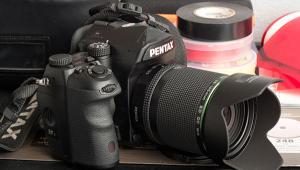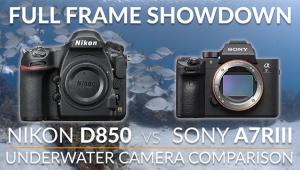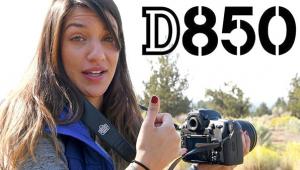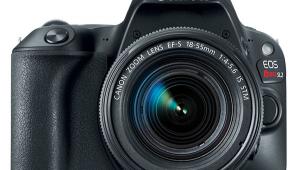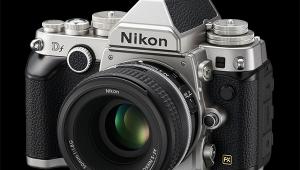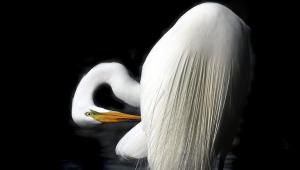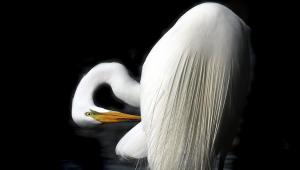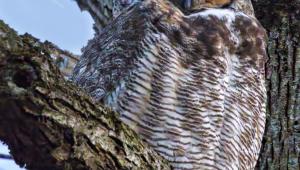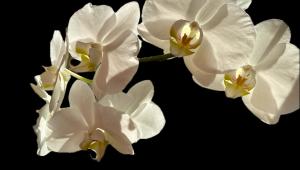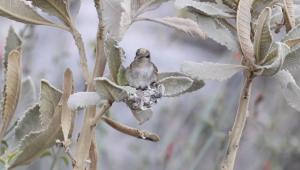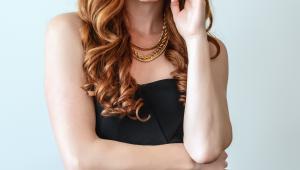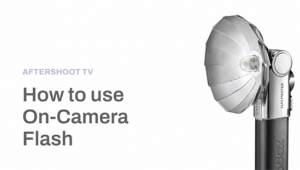The Nikon D3100 is one true piece of jewelry. Ever since I got it, I've used it for everything, from taking picture, making short movies and even for videochat. It's highly versatile and it's features and options make it a great asset for any photographer, beginner or advanced.
Nikon D3100; The Video Beat Goes On Page 2
Six preset Scene modes—you know the ones—designed to overcome common shooting challenges can be accessed trough a mode dial atop of the camera. If that’s not enough autopilot for you, there’s a Guide Mode similar to the Live Guide Olympus offers in their E-PL1 that provides a graphical interface on the camera’s LCD and guides users by suggesting camera settings to achieve the desired end result. Newbies will love this stuff because if they follow the on-screen advice it will result in a much higher ratio of well-captured images.
 |
|
|
 |
|
|
In The Field
One of the first things I do with any new camera is test its infrared sensitivity. Soon after the Nikon D3100 arrived, I headed to Barr Lake State Park to try the camera with my infrared filter kit. I went to the lake and discovered that all my favorite spots were not going to work, so I made shots in different locations using different filters from my IR filter kit, ending up with the Cokin 007 (89B) that was, for that date and time, the Goldilocks filter. When using the Cokin filter, I hold it against the lens instead of using Cokin’s modular filter holder, which for infrared use allows visible light to come in from the sides (because the filter is not flush with the lens) and pollute the image.
The D3100 body is not quite the same size as the D3000 and comes in a bit lighter as well. If under the skin it’s not the same chassis, I’d be surprised. The D3100 is so small—how small is it?—that it’s not surprising that some controls like the rear control wheel end up being placed where my US medium-sized thumb can accidentally touch it and change settings. On the other hand, Mary raved about the camera’s ergonomics. She “loved it.”
The 3” LCD display menus are truly a thing of beauty but made me crazy when shooting at my next outing at the Colorado Railroad Museum in Golden. That’s because the exposure compensation is backward by human engineering standards. Underexposure (minus) is indicated to the right, while overexposure (plus) is to the left, common in Nikon’s design.
 |
|
|
 |
|
|
And then there’s the way the 18-55mm kit lens initially responded both to exposure compensation and automatic exposure made under 3D Color Matrix Metering II. The kit lens consistently delivered ever so slightly overexposed shots but this disappeared the more I used the lens on other days and at other locations. Go figure. But that’s also the reason I’m a mad chimper and constantly check the image and histogram on screen. It could have been caused by flare but none was visible on the image files. The AF-S DX Nikkor 55-300mm f/4.5-5.6G ED VR lens delivered almost perfect shots, although they were slightly biased toward underexposure. The more I used this latter lens, the more I liked it. I had similarly good experiences with the chunky and high-performance AF-S Nikkor 24-120mm f/4G ED VR lens as well.
 |
|
|
Then it was off to do more night photography to see what kind of noise the D3100 produces at “standard” high ISO settings. The official ISO range of the camera is 100 to 3200 but the camera can also be set to 1 EV above ISO 3200 (ISO 6400 equivalent) or 2 EV above ISO 3200 (ISO 12,800 equivalent). As I have stated here ad nauseam, the official position at Nikon is that “the expanded settings are just that, expanded beyond the range that is considered optimal or acceptable by our camera designers and engineers. These settings are labeled differently to indicate that these are for emergency purposes (italics mine) and clearly identify where noise and color distortion will affect picture quality.” Since it wasn’t an emergency, I made my test shots at ISO 3200 and was surprised to see negligible noise at the default noise reduction settings for a camera with a chip that’s slightly smaller than the D3000’s. Nikon claims a “blazing fast 11-point AF system” and while this may be true for daytime exposures, at night the autofocus can be slow and occasionally gets confused.
To explore the D3100’s monochrome options, I headed to Fort Vasquez in Northern Colorado. In addition to being able to apply digital color filters and toning, there are plus or minus options for sharpening, contrast, and brightness. Toning can be applied on multiple levels—can you say “cyanotype?”—including sepia tones that go far beyond most other direct capture monochrome options. Switching back and forth between color and monochrome JPEG options is easy, but using my old Raw+JPEG trick yields monochrome JPEG and color Raw files, although my comparison shots show that sometimes color isn’t always the best choice.
 |
 |
|
|
||
It should be noted that Adobe Camera Raw supports files captured with the D3100 and you can also use the camera’s in-camera Raw conversion as I did with the sepia/color comparison. You can also use the ViewNX2 software bundled with the D3100 or Nikon’s awesome (but extra cost) Capture NX2. Tip: If you plan to use Capture NX2 be sure that it’s updated to Version 2.25 in order to work with .NEF files from the D3100.
When all is said and done, this is a pleasant entry-level camera that could easily be considered “my first Nikon,” or by wedding photographers as a second camera they can use or hand off to an assistant to shoot candids or video coverage of the ceremony, cake cutting, and other wedding “greatest hits” that could be combined into a presentation for the bride and groom.
 |
|
|
For more information, contact Nikon, Inc. at: www.nikonusa.com.
- Log in or register to post comments


Sembawang Crescent EC is located at Sembawang Crescent and Sembawang Drive. It is just 7 min walk to Sembawang MRT.

